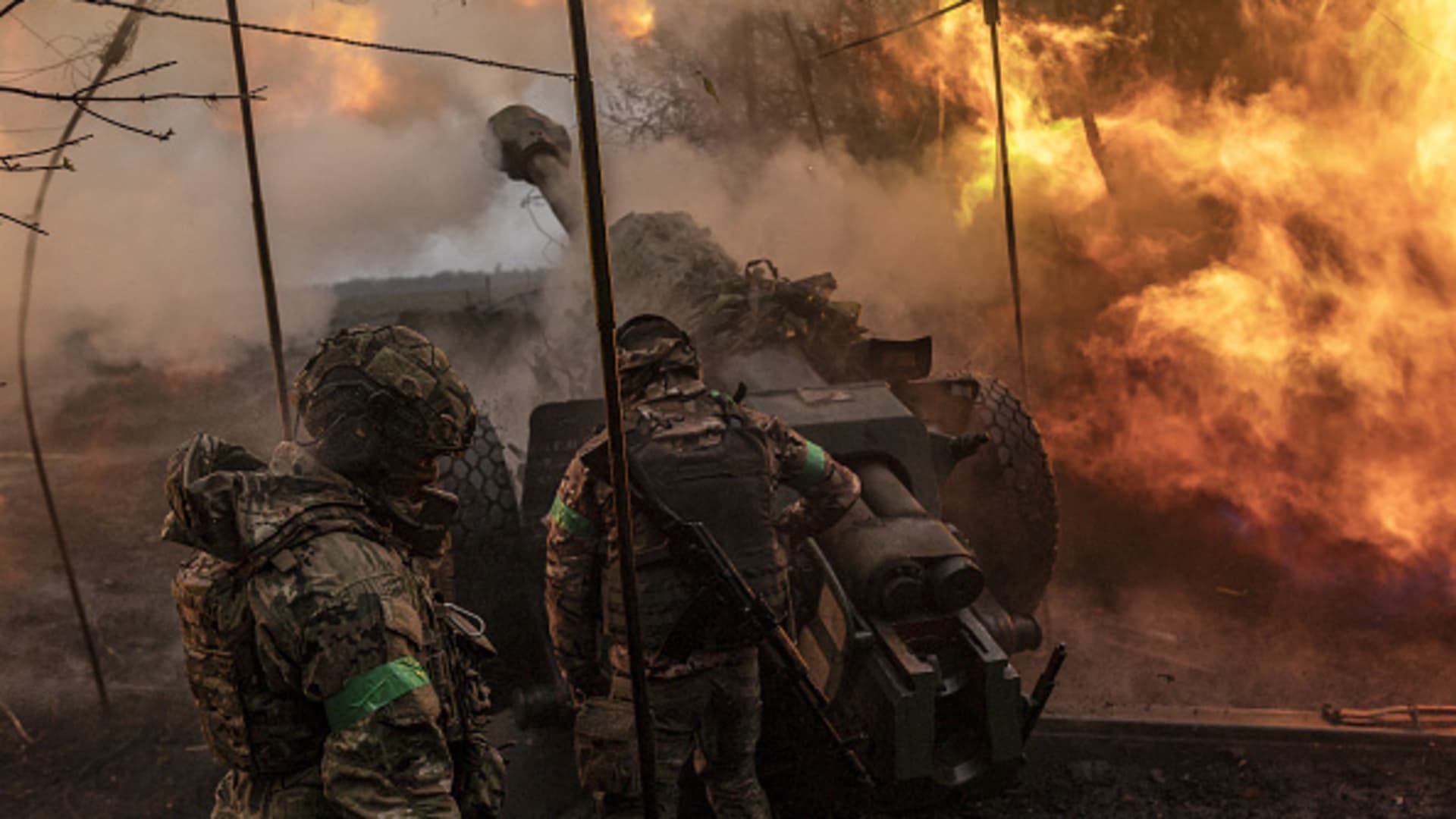Ukrainian nuclear plant faces water shortage after dam collapse
Ukrainian nuclear plant workers are scrambling to secure water to prevent overheating after flooding from the collapse of a nearby damn depleted its water supply.
Water levels in the Kakhova Reservior, which is approximately the same size as Utah’s Great Salt Lake, have been dropping rapidly outside the nuclear plant in Zaporizhzhia — the largest nuclear plant in Europe.
Olexiy Konynyev, a former operator at the plant, told NPR that the facility has its own two-mile-wide “cooling pond” that is seperate from the reservoir and Energoatom, the Ukrainian nuclear utility agency, said that water levels in the pond remain stable.
The International Atomic Energy Agency said it believes the water in the pond and other parts of the plant should be enough to cool the plant for the next few months because all six reactors have been shut down, meaning they will require less water.
Energoatom said Friday the last of its six reactors was placed in cold shutdown, a process by which all control rods are inserted into the reactor core to stop the nuclear fission reaction and generation of heat and pressure.
The other five had been in cold shutdown already as the war around it has continued.
However, even when shut down, radioactive fuel in the reactors can produce heat for years and the plant will still need to use water to cool spent fuel, which is contained in pools near the reactors, as well as other equipment including generators to keep the plant running when the power goes out.
The Zaporizhzhia Nuclear Power Plant has shut down all six reactors, but will still require water. REUTERS
The dam holding back the Kokhova Reservoir was destroyed June 6 and water levels in the reservoir have dropped over 20 feet since then, while towns all along the river, in both Ukrainian held territory and Russian occupied areas, were swamped.
While it’s unclear what was responsible for the destruction, evidence has shown that the collapse was preceded by an explosion. Seismic stations in Ukraine and Romania detected what appeared to be an explosion at the dam, as did US spy satellites, which indicates that it was blown up.
Ukraine’s security service said Friday it had intercepted a telephone call proving a Russian “sabotage group” blew up.
Edwin Lyman, director of nuclear power safety at the Union of Concerned Scientists, an environmental group, said the plant was not in an immediate crisis, but the dwindling water supply is putting a strain on the plant that has already suffered power failures, artillery shelling and fires.
Workers at the plant have also reportedly been abused by Russian forces, who have occupied the plant for more than a year.
“It’s kind of a slow-motion train wreck,” Lyman said.
He added that if the reactors do run out of water, the fuel inside could melt down, leading to a radioactive release that would be a “slow seepage” of radioactive gases out of the reactor containment.
Source: New York Post


